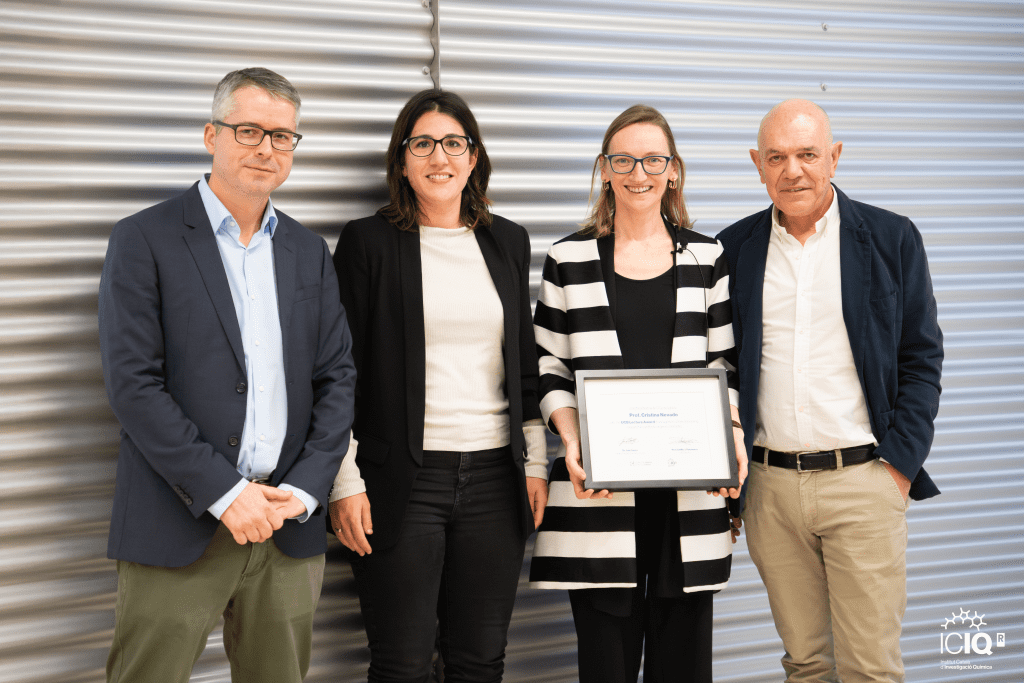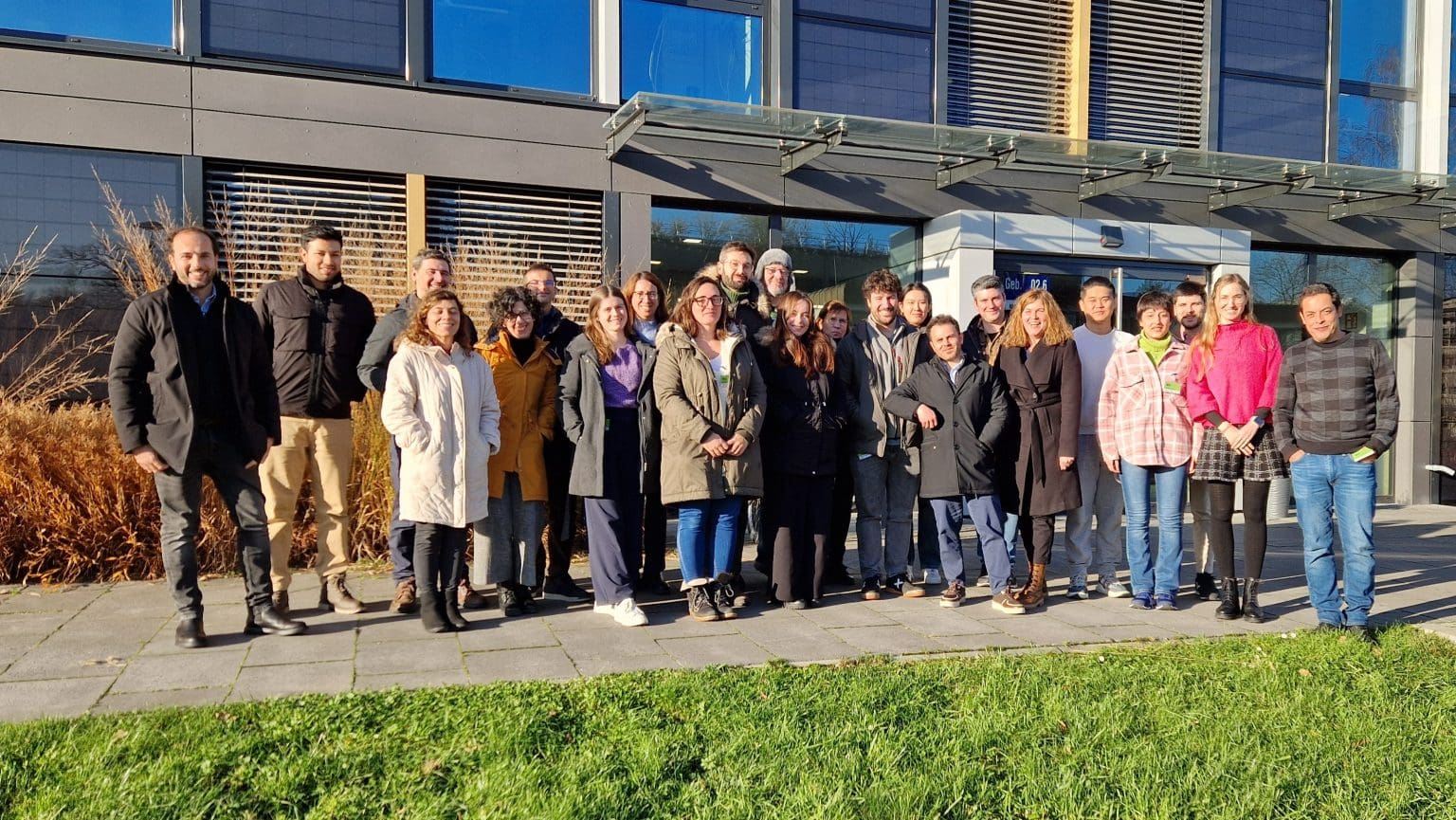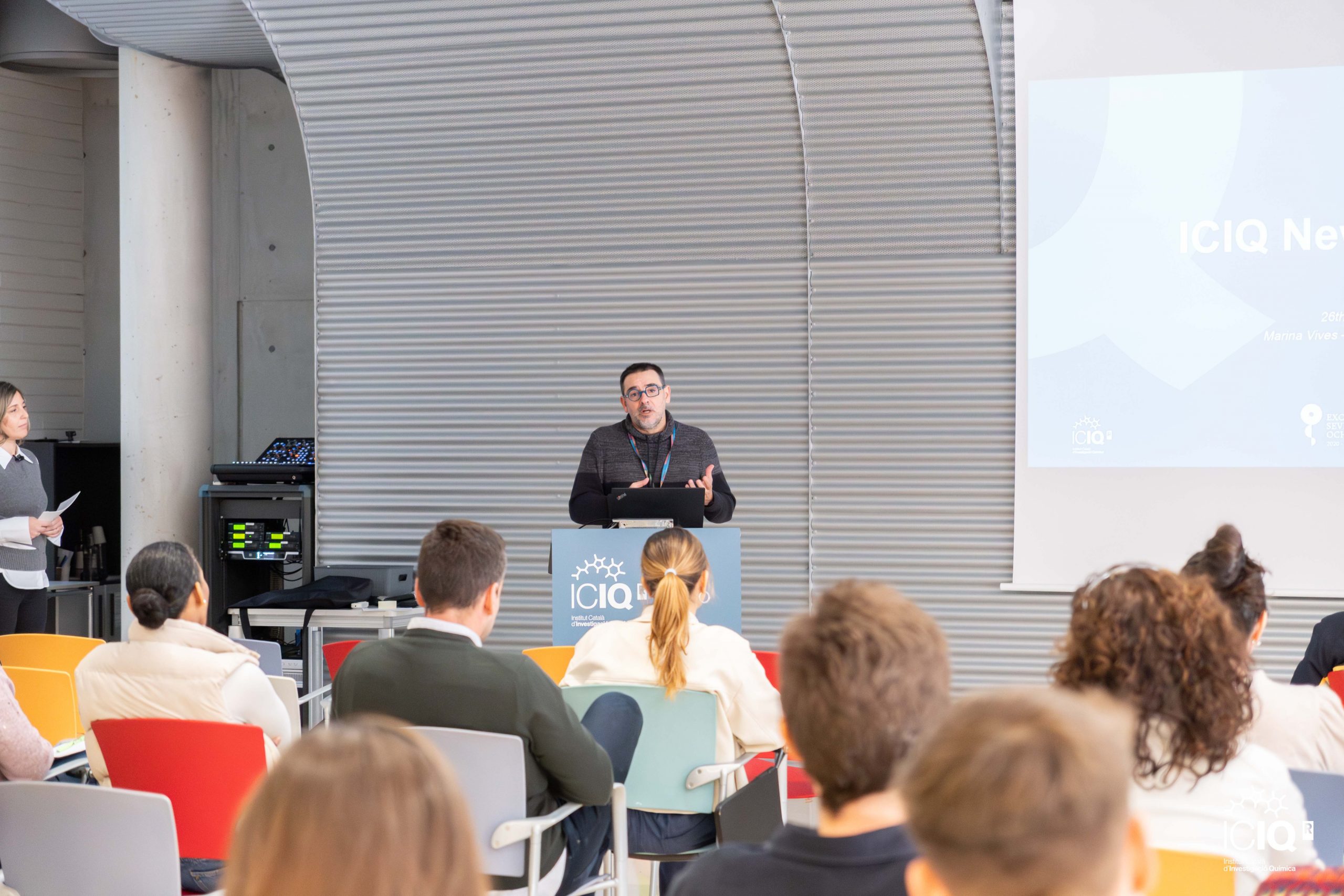Elisabet Romero joins as new ICIQ Group Leader
Dr. Elisabet Romero has joined our institute through ICIQ’s Starting Career Programme (ICIQ-SCP) aimed at attracting new talent and help young researchers to start their independent careers. The programme is funded by the Severo Ochoa Excellence grant.
“I am excited to start this new scientific adventure. ICIQ has everything I could wish for: a wide range of facilities and services to its scientific community, and above all, great professionals and wonderful people,” says Dr. Romero.
At ICIQ, her group will focus on the design, construction and investigation of bio-inspired chromophore-protein assemblies with the ability to absorb, transfer and convert solar energy into electrochemical energy. The final goal is to connect these assemblies to catalysts to achieve the efficient conversion of solar energy to fuel. She will be joining the ICIQ groups working in the field of artificial photosynthesis, one of the institute’s main research lines.
“I will complement and extend ICIQ’s current core expertise by establishing an ultrafast spectroscopy operation that will allow our researchers to obtain a detailed mechanistic understanding of light-induced processes in the femto-to-nanosecond (10-15-10-9 s) time scale. Moreover, my research plans will greatly benefit from the extensive activity and expertise in catalysis research at ICIQ,” Dr. Romero adds.
Elisabet Romero graduated in Chemistry from the Universitat de Barcelona in 2003 and obtained a master degree under the supervision of Dr. Lluís Julià Bargés in the Institute of Advanced Chemistry of Catalonia. In 2004 she got a European Marie Curie fellowship to pursue a PhD in Biophysics in the group of Prof. Rienk van Grondelle at the Vrije Universiteit in Amsterdam. After her PhD, she was appointed as a postdoctoral researcher to implement a new ultrafast spectroscopic technique at the Vrije Universiteit: Two-dimensional electronic spectroscopy (2DES). By applying 2DES, Elisabet Romero and co-workers demonstrated for the very first time that quantum coherence plays a crucial role in promoting the high efficiency of the charge separation process in photosystem II.
Related news

Let's create a brighter future
Join our team to work with renowned researchers, tackle groundbreaking
projects and contribute to meaningful scientific advancements
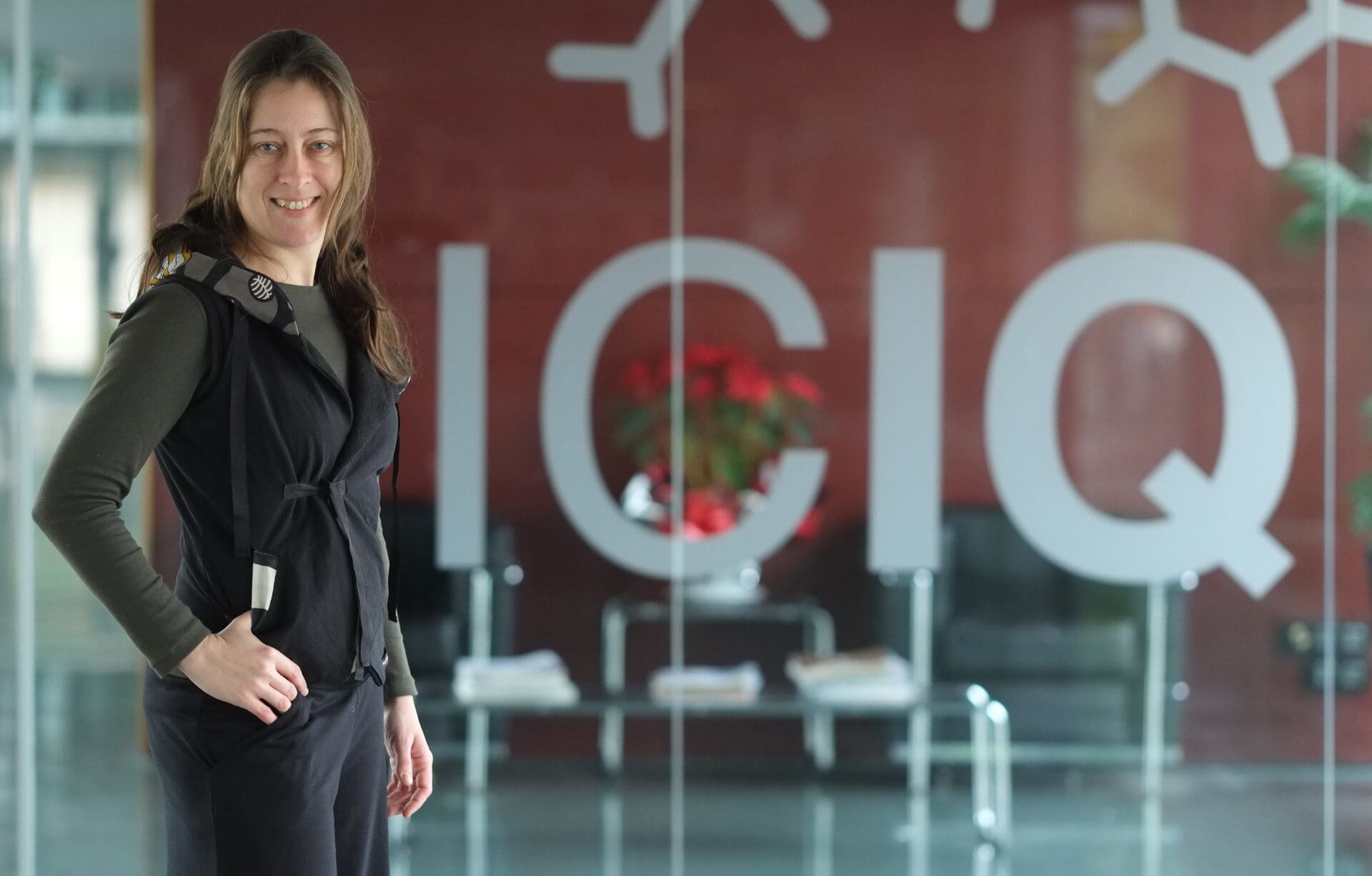





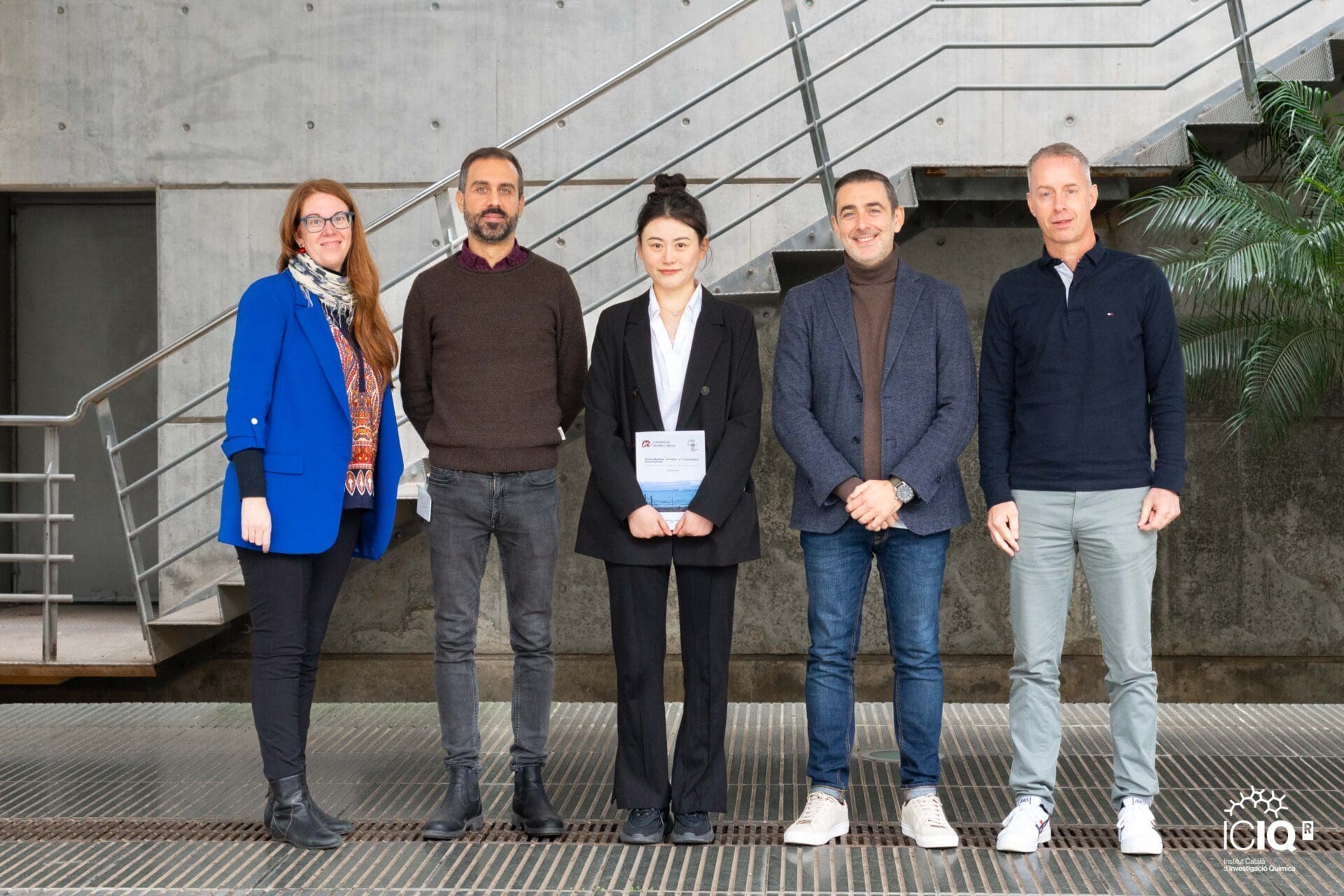
 11-12-2024
11-12-2024 
